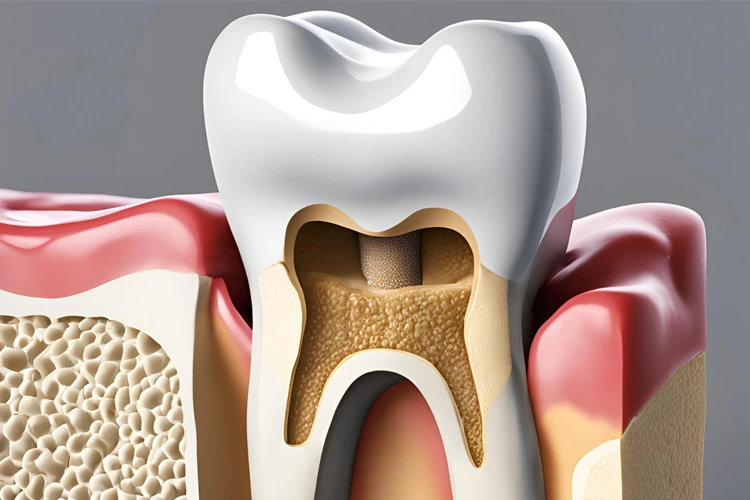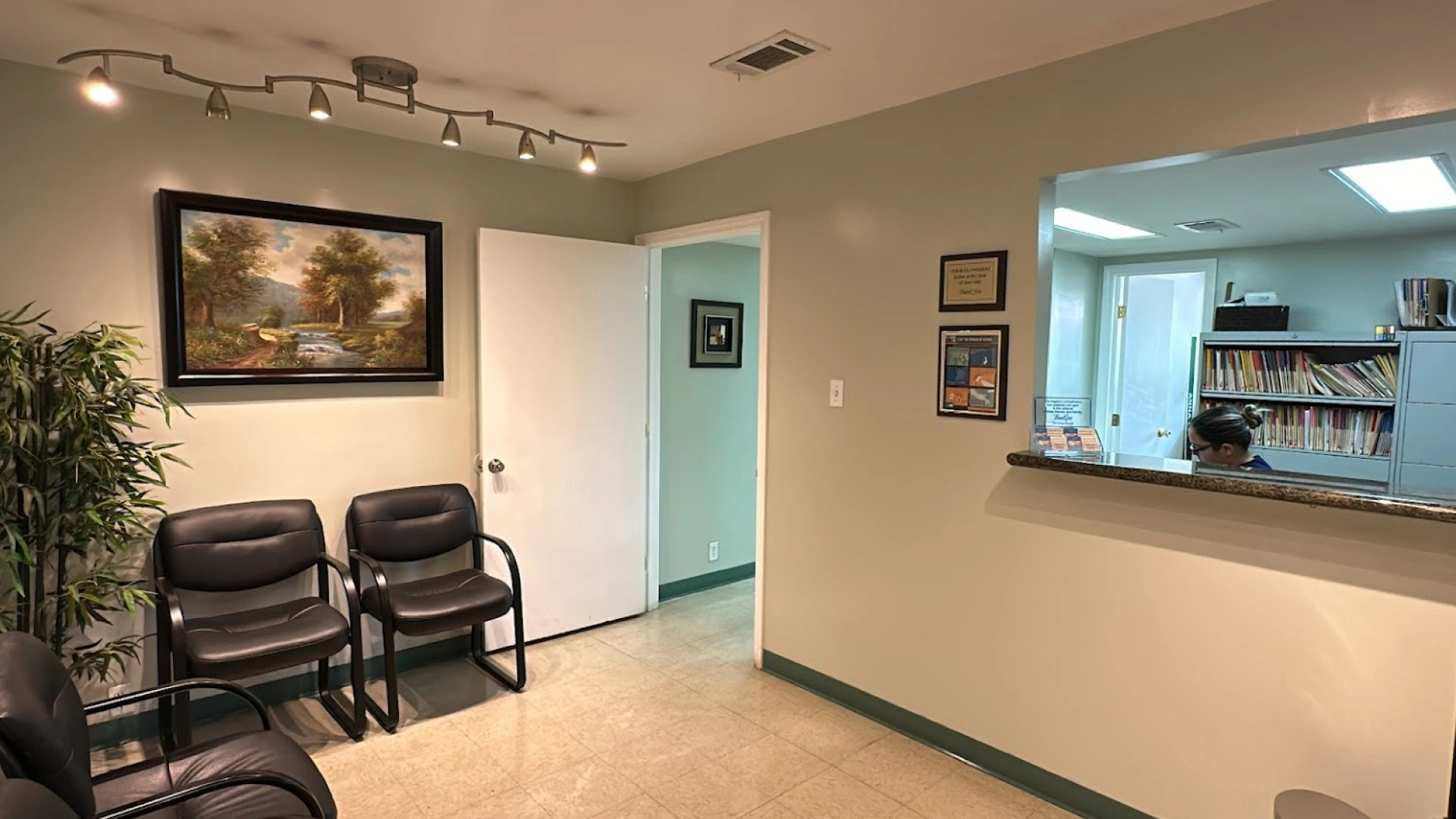
The Benefits of Dental Bone Grafting
Periodontal disease is the primary cause of bone loss in the oral cavity, although other factors such as ill-fitting dentures and facial trauma can also contribute. Bone grafting is an effective procedure for replacing lost bone tissue and stimulating natural bone growth. It is a versatile and reliable treatment that serves various functions.
A bone graft may be needed to provide a stable foundation for dental implants, prevent the progression of gum disease, or enhance the aesthetic appearance of your smile.
Types of Dental Bone Grafting
- Autogenous Bone Graft: This type involves harvesting bone from another part of the patient's own body, which is then implanted into the mouth. Common donor sites include the iliac section of the pelvis, the chin, and the posterior third molar areas of the jaw. For larger grafts, bone may be taken from the hip or shin bone (tibia).
- Allograft: An allograft uses synthetic bone material that is created in a laboratory or bone obtained from a bone bank (cadaver bone). This type of graft is highly effective and commonly used in dental procedures.
- Xenograft: A xenograft involves using bone derived from animals, typically bovine (cow) bone. This method is safe and has been successfully used in numerous dental treatments. It provides an ample supply of bone and does not require a secondary donor site.
When is Bone Grafting Necessary for Oral Health?
- Autogenous Bone Graft: This type involves harvesting bone from another part of the patient's own body, which is then implanted into the mouth. Common donor sites include the iliac section of the pelvis, the chin, and the posterior third molar areas of the jaw. For larger grafts, bone may be taken from the hip or shin bone (tibia).
- Allograft: An allograft uses synthetic bone material that is created in a laboratory or bone obtained from a bone bank (cadaver bone). This type of graft is highly effective and commonly used in dental procedures.
- Xenograft: A xenograft involves using bone derived from animals, typically bovine (cow) bone. This method is safe and has been successfully used in numerous dental treatments. It provides an ample supply of bone and does not require a secondary donor site.
What to Expect During a Bone Grafting Procedure
Bone grafting is a relatively straightforward procedure that is usually performed under local anesthesia. However, if a large area of bone needs to be grafted, general anesthesia may be required for your comfort.
The procedure begins with the preparation of the grafting material, which can either be harvested from another part of your body or be pre-prepared. A small incision is made in the gum tissue, and it is gently separated from the bone. The grafting material is then placed at the site of bone loss.
- Gum/Bone Tissue Regeneration: A thin barrier (membrane) is placed beneath the gum line over the graft material. This barrier creates space for healthy tissue to grow while allowing slower-growing bone cells to migrate to the graft site, promoting natural bone regeneration.
- Tissue-Stimulating Proteins: Enamel matrix proteins, like Emdogain, are often applied to the graft site before the gum is sutured. These proteins stimulate the formation of accellular cementum on the tooth, providing a foundation for periodontal attachment and helping to regenerate lost support in areas affected by periodontal disease.
- Platelet-Rich Growth Factors (PRGF): A high concentration of platelets is applied to the graft site to help form a blood clot. PRGF has been shown to stimulate bone growth, allowing the graft to heal more quickly and become denser over time.



